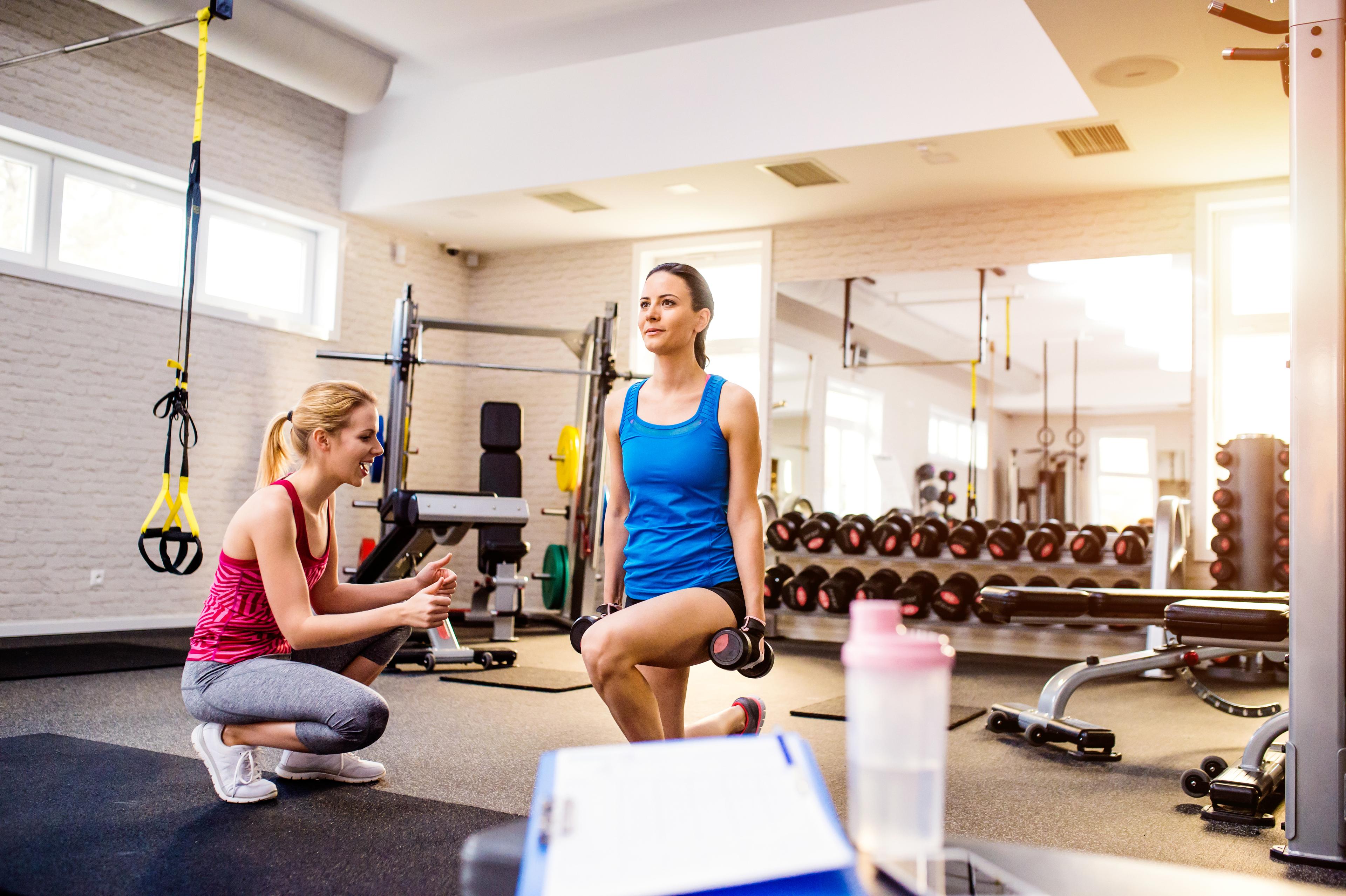Unlocking Processing Speed and Attention Through Exercise & Movement Training

Have you noticed issues with your short term memory or coordination as you’ve gotten older? It may actually be related to a natural age-related decline in attention and processing speed. Dr. Kellyann Niotis, Director of Parkinson’s and Lewy Body Dementia Prevention Research at IND, and movement specialist Beth Lewis, discuss how these important cognitive domains can be trained through specific movement and exercise techniques.
Changes in Processing Speed and Attention with Age
Dr. Niotis explains that, “it’s natural with age to start to have some decline in certain cognitive processes. Attention and processing speed really start to decline with age and especially after the age of 70, they kind of fall off a cliff.” Processing speed refers to how quickly your brain can interpret and respond to information, such as something you’re seeing or hearing, while attention refers to how long you can maintain focus without getting distracted. Dr. Niotis shares that many complaints about memory loss with age are actually due to poor attention span. She emphasizes that, “if you don’t pay attention to something, you’re never going to be able to encode that into storage and long-term memory.”
Another big change is in visuospatial function. People start to look down at the floor a lot more and range of upward gaze decreases with both age and neurodegenerative disease. Dr. Niotis explains that, “if you have an issue where your eyes aren’t able to look up…it’s a good chance that your visual processing and processing speed isn’t going to be great. So simply training some visual movement there can actually help processing speed and we see that a lot.”
Dr. Kellyann Niotis and Beth Lewis work together to identify ways to improve patients’ movement capacity by tailoring exercise strategies that are most beneficial to their brain. Here are some of the top techniques they use to enhance cognitive and physical abilities by integrating sensory stimuli with movement:
Visual Training
Color-Coded Exercises: Associating specific colors with particular movements (such as a lateral lunge with red, and a pushup with blue) and performing these movements when the corresponding color appears, is a great way to train associative memory, visual processing speed, and physical coordination. You can try this on your own with a deck of playing cards. Assign different exercises to numbers, suits, or colors in the deck!
BlazePod: A training tool that uses light cues to improve reaction time and keep individuals mentally engaged. The lights turn on across different pods, and the participant must quickly tap them, enhancing visual processing and coordination. You’ve probably played something like this in an arcade before on a wall or table, but BlazePod’s training platform integrates power and speed, getting your reflexes and heart rate up at the same time!
Tracking Drills: Exercises that involve following a moving object with the eyes, enhancing visual processing speed and coordination. Practice these drills on your own here.
Pencil Pushups: A visual exercise where individuals focus on a pencil or similar object as they move it closer to their nose, helping to improve convergence and visual tracking. Try out these exercises from home here.
Auditory Training
Metronome Training: Using a metronome to create a rhythmic auditory stimulus during physical exercises, such squat jumps or lunges, helps improve motor control, timing, and movement efficiency. Try listening to a 60 BPM metronome while exercising here. Utilizing rhythmic sounds can also serve as a distraction from pain or anxiety associated with movement, making it easier and less stressful for individuals to perform physical activities.
Landing on the Beat: Incorporating auditory cues into exercises to ensure the participant lands or moves in time with the beat, helps with coordination and cognitive engagement. Try listening to a song with a repeated rhythmic pattern like Michael Jackson’s Thriller, and landing your movement on the clap beat.
Breathing and Respiration Training
Positional Breathing: Focusing on breath control and posture during exercises can improve respiratory efficiency and overall physical performance. Learn more about positional breathing and follow along with some exercises here.
Mouth Taping: Using mouth taping techniques while sleeping or exercising to encourage nasal breathing, can have various benefits for respiratory function and cognitive focus.
To learn more about the importance of processing speed and attention for overall function, watch our conversation with Dr. Kellyann Niotis and Beth Lewis in the video above.
By Alicia J. Barber, PhD
Disclaimer
The Video and Written Educational Content included on this site is not intended to be a substitute for professional medical advice, diagnosis, or treatment. Always seek the advice of your physician or other qualified health provider with any questions you may have regarding a medical condition. Never disregard professional medical advice or delay in seeking it because of something you have read or seen on the Site.
The information contained in the Educational Content posted represents the views and opinions of the individual in the recording and does not necessarily represent the views or opinions of IND. The mere appearance of Educational Content on the Site does not constitute an endorsement by IND or its affiliates of such Content.
The Educational Content has been made available for informational and educational purposes only. IND does not make any representation or warranties with respect to the accuracy, applicability, fitness, or completeness of the Content. IND does not warrant the performance, effectiveness or applicability of any sites listed or linked to in any Content. IND hereby disclaims any and all liability to any party for any direct, indirect, implied, punitive, special, incidental or other consequential damages arising directly or indirectly from any use of the Content, which is provided as is, and without warranties.